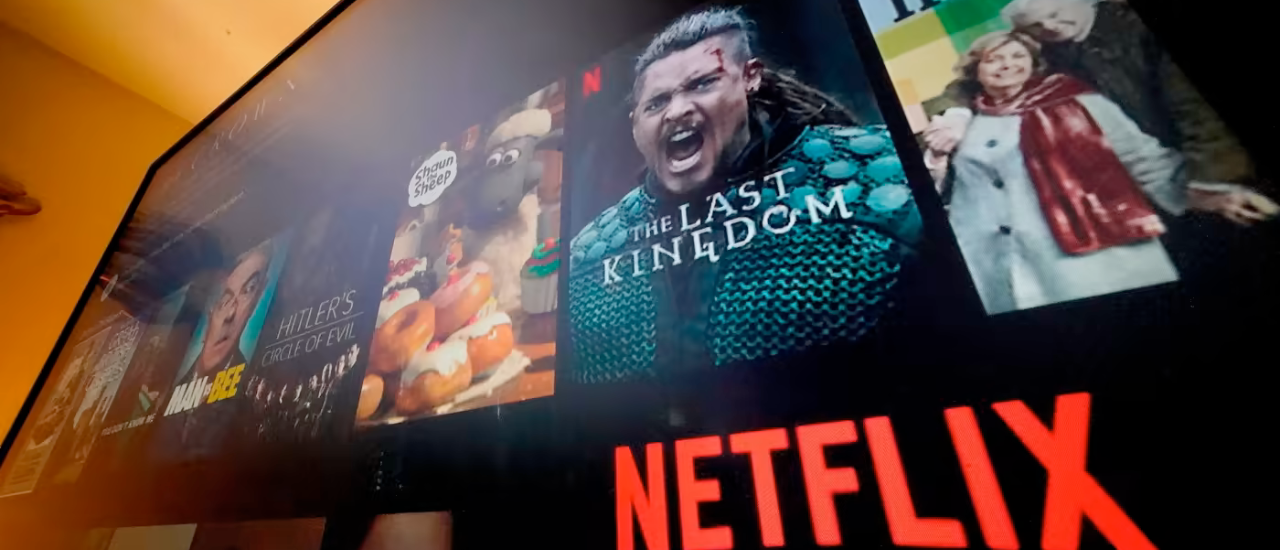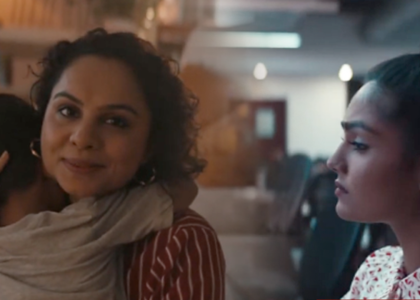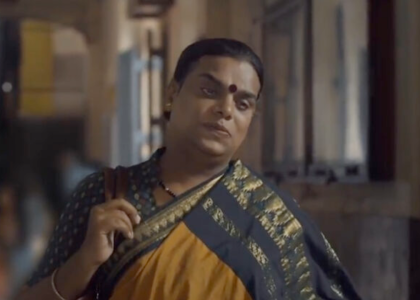Executive Summary
Netflix India has built one of the most engaging and culturally resonant social media presences in India through its meme marketing strategy. Rather than sticking to conventional brand communication, Netflix India embraced memes as its central digital narrative—leveraging humor, relatability, and cultural references to connect with a diverse and young audience base.
This case study explores how Netflix India’s meme-led communication strategy became a masterclass in media and communication research. It examines the background context of India’s OTT industry, Netflix’s challenges in a price-sensitive and competitive market, the strategies deployed, implementation frameworks, the measurable results, and the best practices other brands can adopt.
The report also situates Netflix’s meme strategy within the broader framework of Indian digital consumer behavior, where memes are not just jokes but cultural expressions, viral conversations, and digital word-of-mouth tools.
Background / Situation
When Netflix entered India in 2016, it was considered a global entertainment leader. However, the Indian OTT market was already cluttered with strong local players like Hotstar (now Disney+ Hotstar), Amazon Prime Video, and regional platforms such as Zee5, SonyLIV, and AltBalaji.
Key challenges faced by Netflix India included:
-
High subscription price: With plans starting significantly higher than competitors, Netflix was viewed as a premium service in a price-sensitive market.
-
Perception gap: It was often seen as an “urban, English-speaking elite” platform, making mass adoption difficult.
-
Content localization: While Netflix invested heavily in original Indian content, global titles still dominated the catalog.
-
Youth-driven consumption: India’s OTT growth was being fueled by Gen Z and Millennials, highly active on social media platforms like Instagram, Twitter, and YouTube.
Rise of Meme Culture in India
-
India has become the meme capital of the world with an estimated 25,000+ meme pages across platforms.
-
Memes are used for entertainment, politics, pop culture commentary, and increasingly as a marketing tool.
-
60% of India’s Gen Z consumers report sharing memes daily, making them an organic form of peer-to-peer content distribution.
For Netflix India, the question was:
How can we make Netflix more relatable and accessible while breaking the perception barrier of being an expensive, elite product?
The answer: Meme Marketing.
Strategy / Approach Taken
Netflix India realized that if it wanted to win the hearts of Indian youth, it had to speak their language—the language of memes. Instead of traditional promotions, the platform leaned into pop culture humor, witty content, and interactive social engagement.
Core Pillars of the Meme Strategy
-
Cultural Relevance
-
Tapping into Indian pop culture moments: cricket matches, Bollywood gossip, election debates, festivals.
-
Combining Netflix titles with trending Indian references.
-
-
Relatability & Humor
-
Making Netflix content appear relatable to everyday life situations.
-
Using sarcasm, irony, and exaggeration to drive humor.
-
-
Interactive Engagement
-
Encouraging audience participation with polls, comment memes, and user-generated content.
-
Replying to audience comments with witty comebacks, creating a sense of friendship rather than corporate communication.
-
-
Cross-Title Memeing
-
Blending characters from different Netflix shows/movies into memes to cross-promote content.
-
Example: using Money Heist’s “Professor” with a dialogue from Sacred Games.
-
-
Topicality & Virality
-
Quick turnaround of memes around trending news, cricket matches, Bollywood releases, or political humor.
-
Memes were often released within hours of an event to maximize relevance.
-
-
Platform-Specific Strategy
-
Instagram: Visual memes, reels, and short edits.
-
Twitter (X): Witty one-liners, commentary during cricket matches, pop culture events.
-
YouTube Shorts: Meme-inspired edits, parody videos.
-
Implementation
Creative Teams & Partnerships
-
Netflix India partnered with digital-first creative agencies like The Glitch, 22feet Tribal Worldwide, and independent meme creators.
-
Built an internal “Meme Army” of young social media managers whose sole task was to spot trends and convert them into Netflix content memes.
Localized Meme Campaigns
-
Sacred Games (2018–2019): Memes from Ganesh Gaitonde’s dialogues (“Kabhi kabhi lagta hai apun hi bhagwan hai”) went viral, making the show a pop culture phenomenon.
-
Money Heist (La Casa de Papel): Memes during cricket IPL season drew parallels between heists and IPL strategies.
-
Stranger Things: Nostalgia-based memes resonated with Indian 90s kids.
Cross-Industry Collaboration
-
Collaborated with Swiggy, Zomato, Tinder, and Dunzo on crossover memes.
-
Example: A meme of The Crown with Zomato’s delivery delay humor.
Real-Time Relevance
-
World Cup Cricket: Used Netflix characters to represent Indian players.
-
Political Debates: Inserted witty Netflix references into election commentary.
-
Festivals: Diwali memes with Narcos characters gifting “laddoos of chaos.”
Audience Co-Creation
-
Hosted meme contests encouraging fans to submit Netflix-themed memes.
-
Integrated user-generated memes into official social media posts.
Results & Impact
Quantitative Outcomes
-
Instagram Followers: Grew from under 500K in 2018 to over 10 million by 2025.
-
Engagement Rate: Average engagement on meme posts was 2.5x higher than conventional brand posts.
-
Content Discovery: Over 65% of young subscribers reported that memes influenced them to check out a Netflix title.
-
Virality: Individual memes (like Sacred Games dialogue edits) received millions of shares on WhatsApp and Instagram.
Qualitative Outcomes
-
Brand Perception Shift: Netflix shed its “elitist” perception and became part of everyday digital conversations.
-
Cultural Integration: Netflix memes became part of Indian meme culture—users referenced Netflix shows without necessarily being subscribers.
-
Fandom Loyalty: Meme strategy deepened fandom communities for shows like Money Heist, Stranger Things, and Indian originals like Delhi Crime.
Best Practices / Learnings
-
Speak the Consumer’s Language: Memes are not “ads.” They are cultural expressions. Brands must adapt to consumer humor, not impose corporate tone.
-
Topicality Beats Perfection: A meme created within an hour of a trending event is more powerful than a polished post released two days later.
-
Localization is Key: Global brands in India must localize memes to reflect cricket, Bollywood, and regional jokes.
-
Engagement > Promotion: Netflix did not “sell subscriptions” through memes; it built brand love. That love eventually converted to viewership and subscriptions.
-
Cross-Brand Collaboration Adds Flavor: Meme partnerships with brands like Zomato and Swiggy amplified reach and relatability.
-
Empower Young Creators: Gen Z creators understand meme culture better than traditional marketers. Netflix empowered them with creative freedom.
Sources
-
Statista (2024): Social Media Usage in India
-
WARC (2023): OTT Marketing Trends in India
-
ET Brand Equity (2022): Netflix India Social Media Strategy
-
Campaign India (2021): “How Netflix Won Meme Marketing in India”
-
KPMG India Media & Entertainment Report (2023)
-
Interviews with Netflix India Marketing Head (Economic Times, 2022)
-
Meme Marketing Industry Report (Redseer Consulting, 2024)






